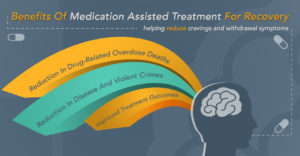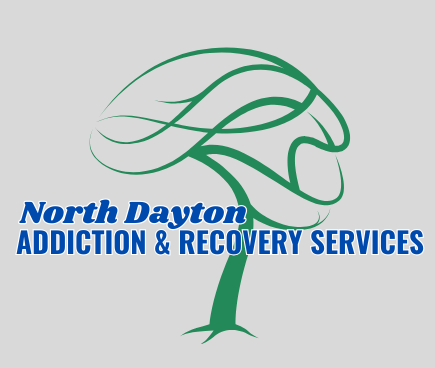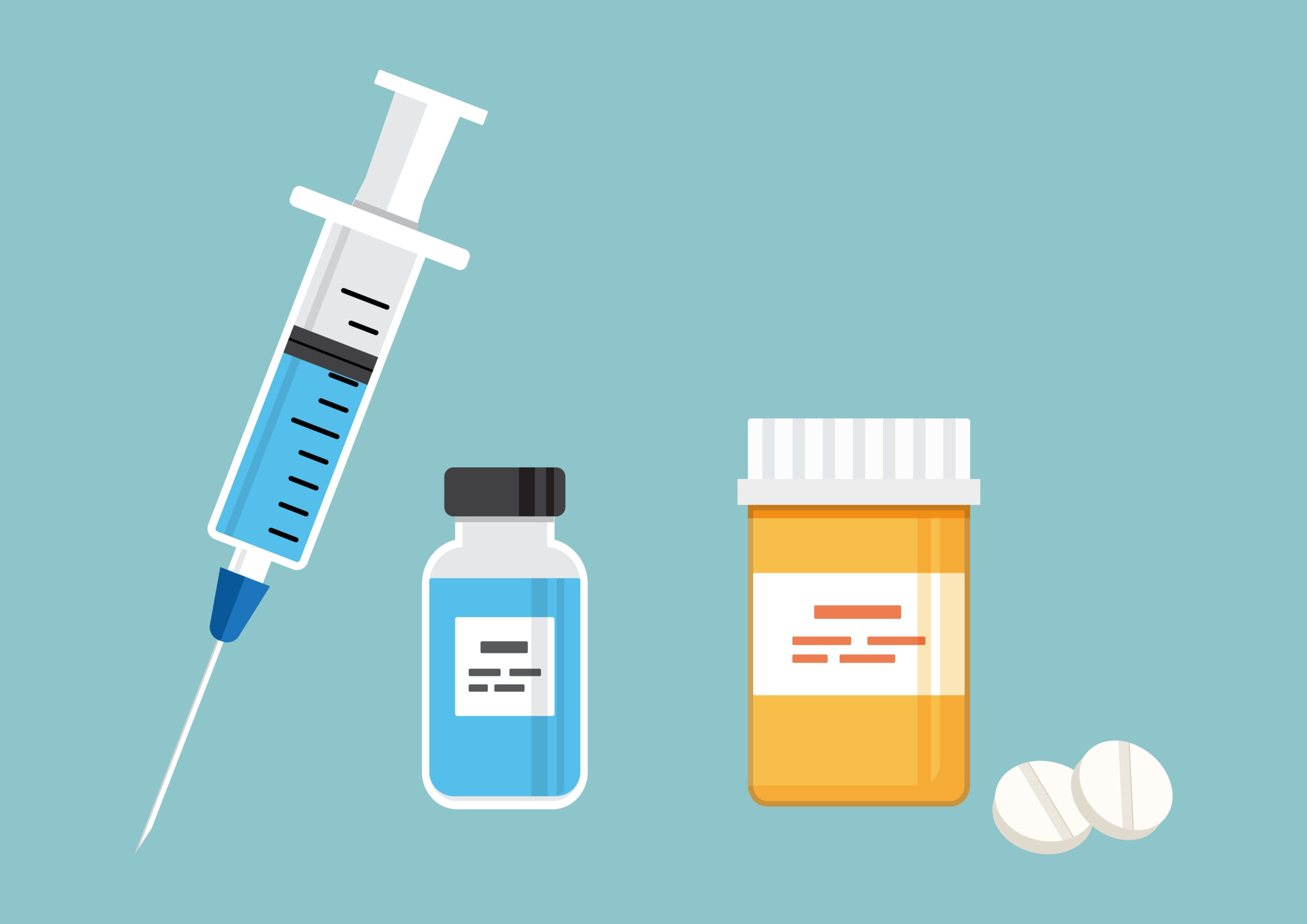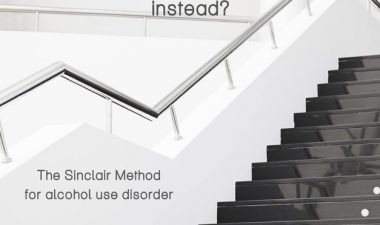
One of the most common misconceptions about medication-assisted treatment (MAT) is that patients are merely “trading one addiction for another.” Nothing could be further from the truth.
The NAABT (National Alliance of Advocates for Buprenorphine Treatment) explains this concept in layman’s term very well. The key to understanding it is knowing the difference between physical dependence and addiction.
Physical Dependence vs Addiction
Buprenorphine will maintain some of the preexisting physical dependence, but that is easily managed medically and eventually resolved with a slow taper off of the buprenorphine when the patient is ready. Physical dependence, unlike addiction, is not a dangerous medical condition that requires treatment. Addiction is damaging and life-threatening, while physical dependence is an inconvenience, and is normal physiology for anyone taking large doses of opioids for an extended period of time.
It is essential to understand the definition of addiction and know how it differs from physical dependence or tolerance.
Addiction:
Addiction is a primary, chronic, neurobiologic disease, with genetic, psychosocial, and environmental factors influencing its development and manifestations. It is characterized by behaviors that include one or more of the following: impaired control over drug use, compulsive use, continued use despite harm, and craving.
Physical Dependence:
Physical dependence is a state of adaptation that is manifested by a drug class specific withdrawal syndrome that can be produced by abrupt cessation, rapid dose reduction, decreasing blood level of the drug, and/or administration of an antagonist.
Tolerance:
Tolerance is a state of adaptation in which exposure to a drug induces changes that result in a diminution of one or more of the drug’s effects over time.
Physical dependence and tolerance are normal physiology. Addiction is a behavior, a disorder that is damaging and requires treatment.
The Value of Buprenorphine Treatment
When a patient switches from an addictive opioid to successful buprenorphine treatment, the addictive behavior often stops. In part due to buprenorphine’s long duration of action, patients do not have physical cravings prior to taking their daily dose. The drug seeking behavior ends. Patients regain control over drug use, compulsive use ends, they are no longer using despite harm, and many patients report no cravings. Thus all of the hallmarks of addiction disappear with successful buprenorphine treatment.
Not Addiction Trading
Therefore, one is not trading one addiction for another. Instead, they have traded a life threatening situation (addiction) for a daily inconvenience of needing to take a medication (physical dependence), as some would with a vitamin. Yes the physical dependence to opioids still remains, but that is vast improvement over addiction, it is not life threatening, and it can easily be managed medically. It’s also important to note that the physical dependence pre-existed the buprenorphine treatment and was not caused by it.
Addiction is a brain disease that affects behavior. This addictive behavior can be devastating to the patient and their loved ones. It’s not the need to take a medication that is the problem. Many people need to take a medication. Instead, it is the compulsive, addictive behavior to keep taking drugs that needs to stop. Whether or not the person takes a medication to help achieve this shouldn’t matter to anyone. If a medication helps stop the damaging addictive behavior, then that is successful treatment and not switching one addiction for another
Call us to learn more about how our medication-assisted treatment programs can change your life- 765-999-HOPE.




